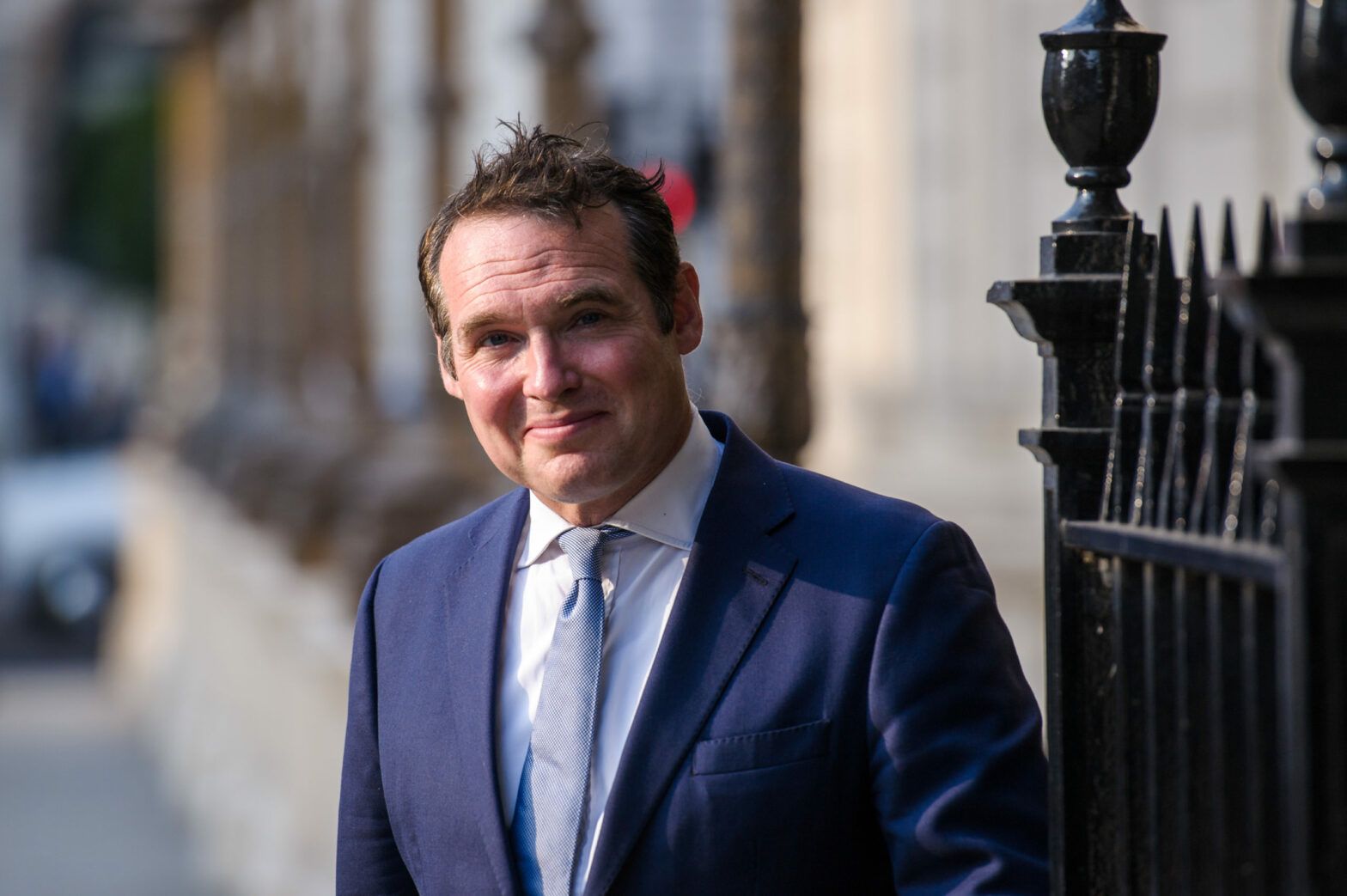David Butcher, MD and founder of Communications and Content, discusses effective (and ineffective) approaches to ESG messaging
“The Chinese have two characters for ‘crisis’. One means danger, the other opportunity.”
John F Kennedy knew a few things about managing crises – and this slogan helped get him into the White House in 1961.
He mistranslated the Chinese – a more accurate translation would be danger and crucial point – but his focus on preparing for the future remains sound.
Organisations can get through periods of difficulty with effective communications. Messages of business continuity and simple facts can help preserve or enhance reputations.
The response to the pandemic is throwing up examples of good and bad communications. Many of the former come from the corporate sector. Some of the latter, unfortunately, have come from the state.
Eventually the pandemic will pass and we’ll have a better view about whose reputations survived.
But what happens when the crisis isn’t a moment or a short period in time?
What happens when we face a long-term crisis, one that moves gradually, over generations?
Climate change is one such example.
If we accept that effective communications can support reputation in the face of a climate crisis, how can asset or wealth managers express business continuity with a degree of measure and reassurance? How can they inform and empower the people they rely on – investors, clients and employees – to make sensible decisions without causing alarm?
it’s clear that shock and awe have limited impact or appeal. That’s the Extinction Rebellion route to market. But, when a million plant and animal species are threatened with extinction, climate change can be shocking and awe inspiring.
Avoiding the topic isn’t a viable option. Any number of surveys demonstrate up to 80% of investors want or need responsible, sustainable or ESG-tinged investments. This demand must be met.
So the answer lies somewhere in between.
And it’ll probably differ from firm to firm. These three considerations may help shape decisions.
First, what’s your message on climate change? Is it that you don’t know the answers but you are committed to helping clients address the issues? Or are you actively contributing solutions? Or is it something else?
The general approach in our industry is to sign the principles for responsible investment, acknowledge the sustainable development goals, say that climate change could have a profound impact and integrate ESG criteria into security analysis or fund selection.
Is this approach enough? Does it need to evolve? And will the incoming generation of investors – private and professional – take a dim view of this box ticking?
There’s room in our industry for more strident messaging that better reflects public concern and interest in climate issues.
Second, what’s the optimal amount of ESG material to publish? Last year, we surveyed the content of 18 leading investment management businesses and found that just two items – 3.7% of output – covered ESG or related topics.
How does that compare to the near 80% of investors who see ESG as important? Should 80% of your material be ESG or climate focused?
Those are industry averages but, at a firm level, it’s worth calculating your readership’s appetite for ESG or climate material and meeting it with an appropriate volume of output.
This output could be divided into corporate, thematic and product stories about climate change – because such an approach would create a balanced and diverse communications programme.
Third, there’s scope for more transparent communications about the consequences of expected climate change on investment and business operations, both positive and negative.
This will be hard for any firm and no-one will want to be a first mover but, if you look at annual reports in the asset management sector, you don’t see much climate change content. This could change.
It’s probably fair to say many private investors remain unaware of the possible impact of a 1, 1.5 or 2 degree warming scenario on their portfolios. The long-term savings industry offers lots of retirement planning calculators – so why not launch a climate calculator? It’s better to anticipate demand than have to scramble in response.
None of these considerations and ideas are radical, nor unreasonable.
Investor surveys about interest in ESG imply strong demand for climate related stories. At the moment there’s little supply.
Who has the character to take the opportunity in
this evolving crisis?








